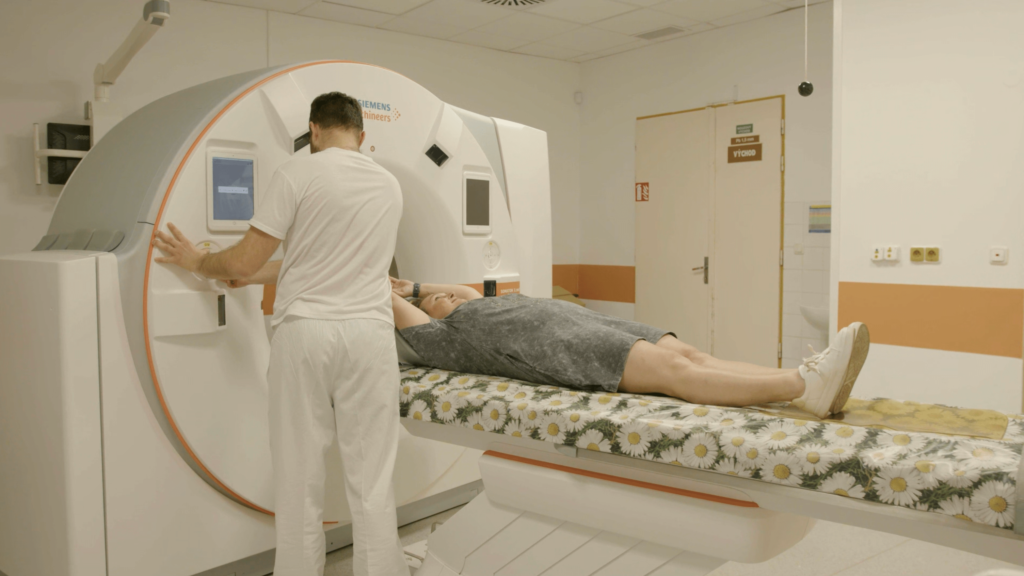
What to expect from lung cancer screening
Lung cancer is the leading cause of cancer death in Europe. One reason for this is that it’s often diagnosed too late, when symptoms have already appeared and treatment options are limited. But there’s good news: lung cancer screening can detect the disease much earlier, when it’s often easier to treat.
Who is screening for?
Lung cancer screening is usually offered to people aged 55 and older who are current or former smokers; exact eligibility criteria vary from country to country. For example, in the Czech Republic, it is offered to people aged 55 to 74 years with a history of smoking 20 pack years or more.
20 pack years means to have smoked the equivalent of:
- 1 pack of 20 cigarettes a day for 20 years
- 2 packs of 20 cigarettes a day for 10 years
- half a pack of 20 cigarettes a day for 40 years
People in this group are considered to be at higher risk of developing lung cancer. If this sounds like you, even if you feel healthy, you may still benefit from screening.
As Prof. Dr. Martina Koziar Vasakova, SOLACE project lead for the Czech Republic, explains in our video: “In lung cancer, when you have signs and symptoms, there is more than 80% probability that you have very advanced disease. If you are deciding to screen or not, and you feel healthy, you are the right person for us because we want early diagnosis.”
Watch Martina explain the process of lung cancer screening:
What does the process involve?
Depending on the country, the process may begin with a referral from a general practitioner, or you may be able to go directly to a screening centre or access a mobile computed tomography (CT) unit.
A respiratory physician will complete a short check-up to take your medical and smoking history and check your lung function using simple, non-invasive tests.
Next, you will be scheduled for a low-dose computed tomography (CT) scan. This scan takes detailed images of your lungs. It is quick, painless, and involves a very small amount of radiation, less than you would be exposed to on a short-haul flight. The scan itself takes only a few minutes.
The results are reviewed by a trained radiologist, often with the support of artificial intelligence tools. You’ll be contacted with your results and next steps within a few weeks. Other lung conditions, such as asthma, COPD or lung fibrosis, may also be identified during the process.
What happens if something is found?
Sometimes the scan finds a small spot on the lungs, called a nodule. Many nodules are harmless, but some may need more tests to rule out cancer. If anything serious is found, the right treatment can begin early, giving you the best chance of a good outcome.
If your scan is clear, you’ll usually be invited back for another one next year. This helps monitor your lungs over time.
Why is screening important?
Most people with early-stage lung cancer have no symptoms. That’s why screening is so important — it finds lung cancer before you feel unwell. Studies have shown that low-dose CT screening can reduce lung cancer deaths by at least 20% among high-risk groups.
Screening may also detect other abnormalities in the lungs, so even if no cancer is found, it’s still a helpful check for your overall health.
How can I access lung screening?
Start by speaking to your general practitioner about your smoking history. They can guide you through the next steps and let you know what services are available in your area.
If you live in one of the countries involved in the SOLACE project – including Austria, Belgium, Croatia, Czechia, Estonia, France, Germany, Greece, Hungary, Ireland, Italy, the Netherlands, Poland, Romania and Spain – you may be able to take part in a lung cancer screening pilot. Ask your doctor or local health service if there are opportunities to get involved.

